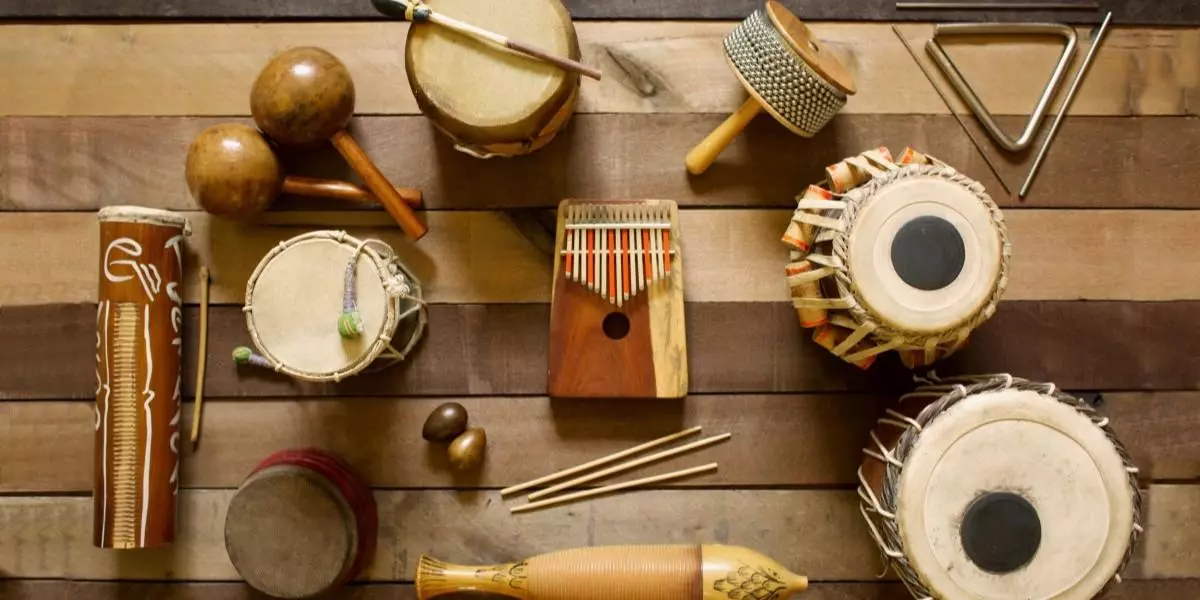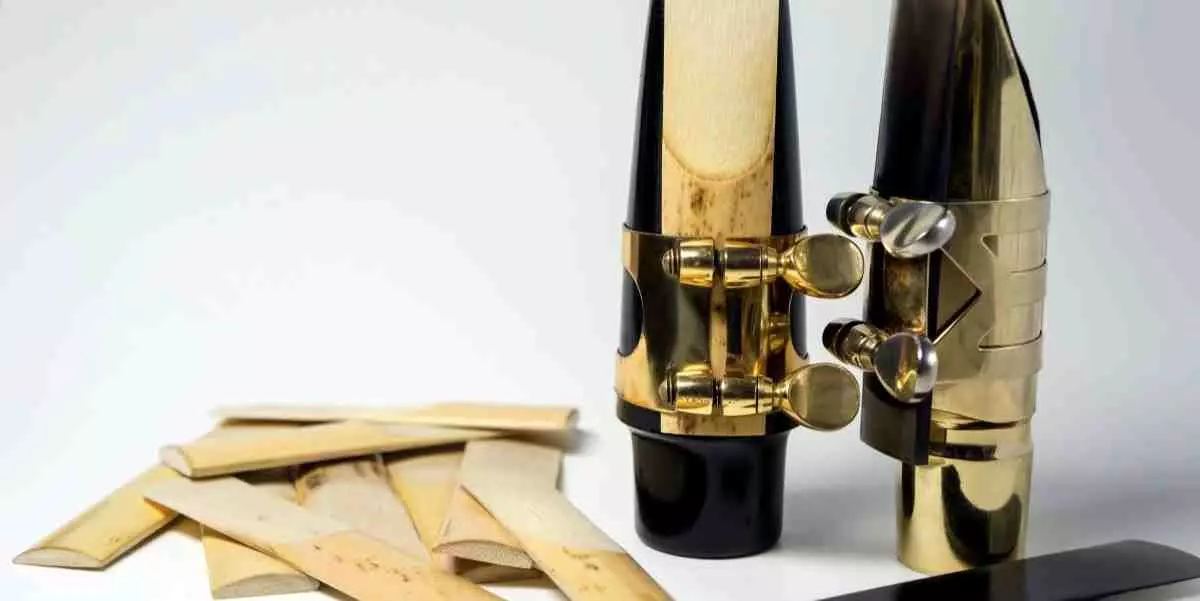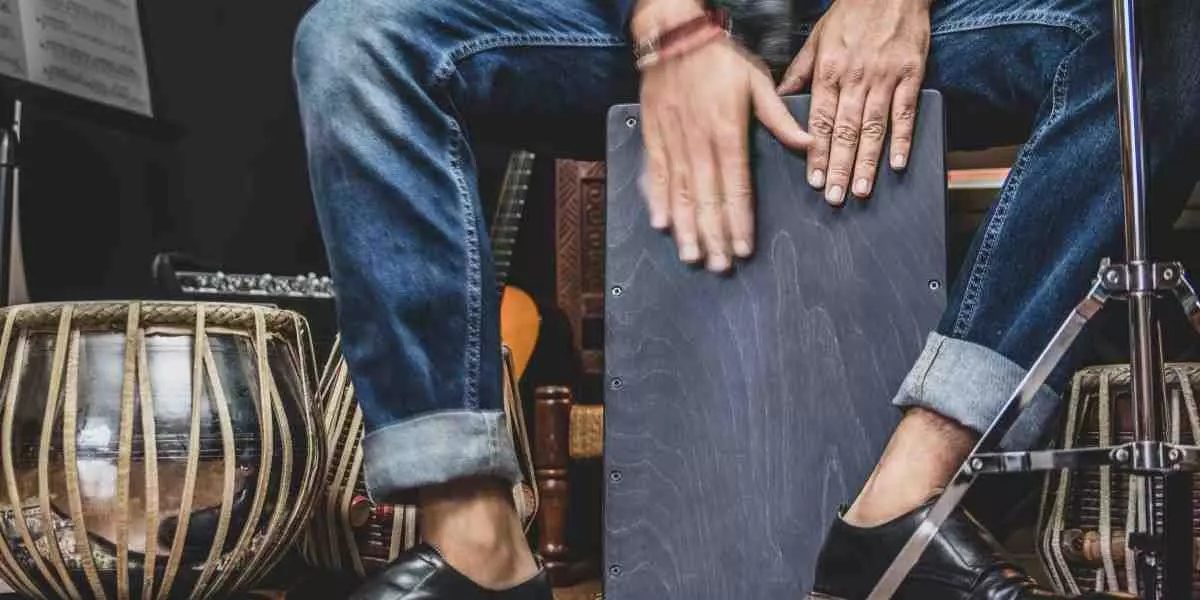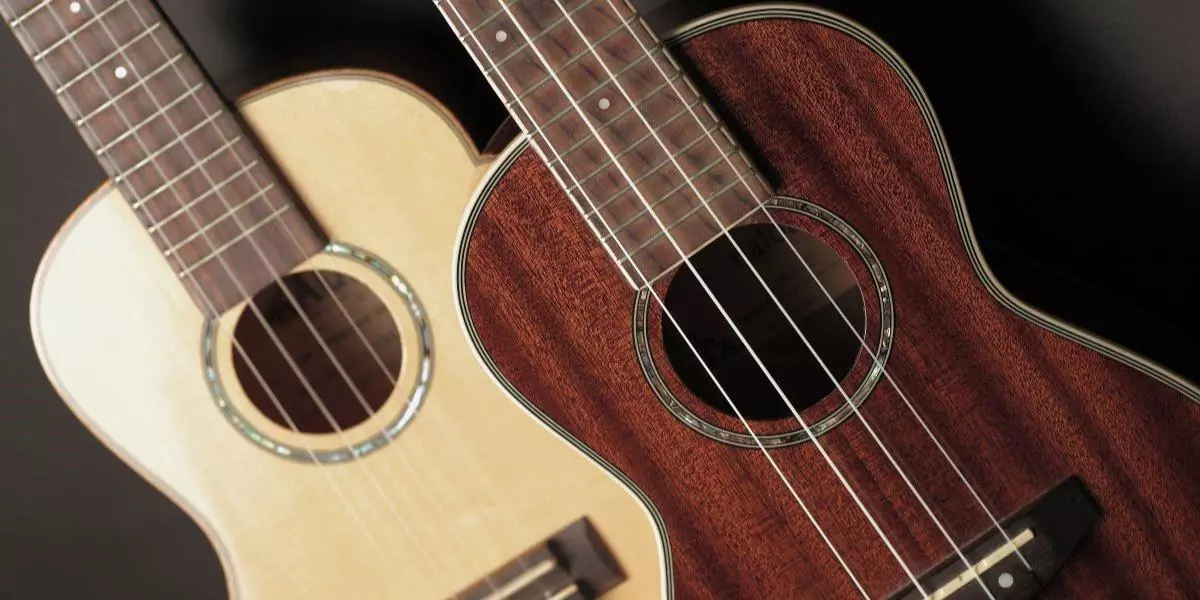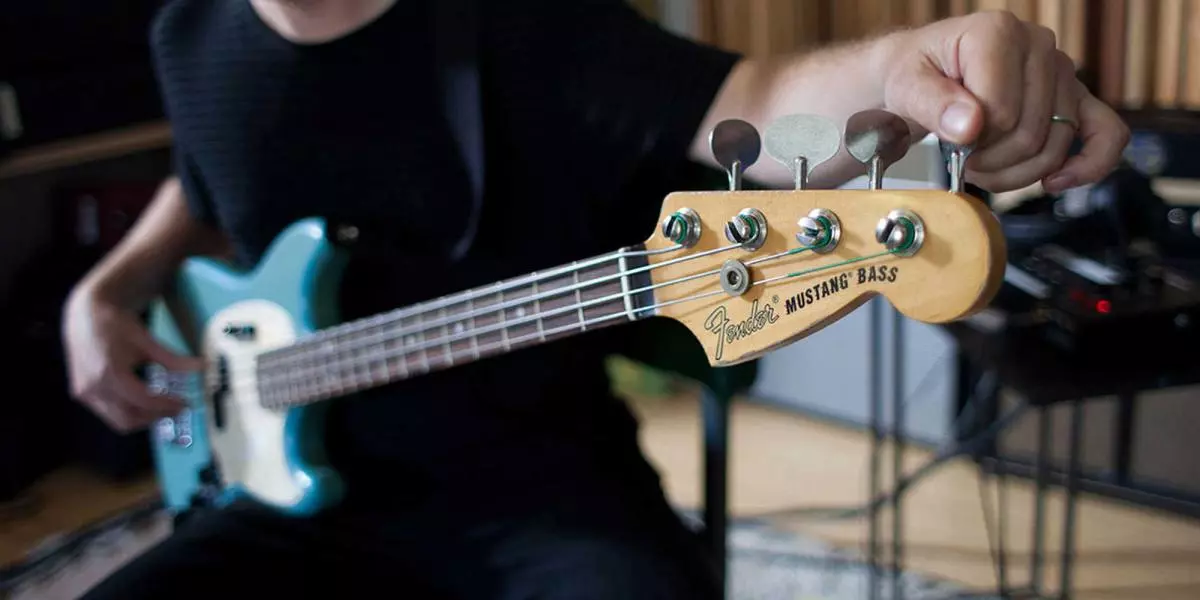Tip Toe Through the Tulips: A Ukulele Primer by Ian James

The popularity of musical genres, and the instruments needed to perform them, tends to go in waves; it may start far out in the sea of Big Band where everyone is playing brass, swell with the British Invasion and 12-string electric guitars, crest at New Wave (no pun intended) played with synthesizers, and finally hit the shore of New Folk and banjos. If there is one wave of popularity that musicians have been riding for the last 5 years and more, it’s the one coming out of Hawaii.
A Brief History
From all accounts, the ukulele (which means “jumping flea”) is a variant of a Portuguese instrument called the machete, and was brought by immigrants to Hawaii, the place most people associate with the ukulele.
The real rise in its popularity started in the early 20th century with the proliferation of Hawaiian dance music, often featuring lap steel guitars, and, unsurprisingly, ukuleles. Throughout the decades, the ukulele has made its way through the hands of many artists, from The Beatles to Eddie Vedder. Google Tiny Tim, I dare you. In the more modern context, artists like John Mayer, Jake Shimabukuro, Israel Kamakawiwoʻole, the band Train and even Zooey Deschanel have contributed to the popularity of the little instrument that could.
But enough about history. Let’s dive into the instrument itself.
Shortboard or Longboard?
For all intents and purposes, the modern ukulele comes in 4 sizes: soprano, concert, tenor and baritone. When selecting which size is right for you, there are a couple of things to keep in mind; with each move up in size (starting with soprano), the size of the body and the length of the neck increases. For beginners, the shorter neck of the soprano might be best; the frets are closer together and as such the player won’t have to stretch as much to form the chord shapes. Of course, the opposite is true of the bigger sizes, the concert and the tenor; the frets are spaced farther apart, making it easier for players with bigger hands to fit their fingers between the frets. The baritone, you ask? Let’s set that aside until we talk about tuning and tone. Which is now.
Big Tuna
One of the advantages of learning ukulele (and perhaps the reason you may have learned it in school) is that in terms of tuning, it’s very similar to a guitar. Traditionally, the ukulele has 4 strings tuned from top (the string closest to your chest) to bottom (the string closest to your shoes) as G,C,E,A (with the G tuned an octave higher).
Astute observers and theory aficionados may notice that those string intervals are the same as the bottom 4 strings of a guitar in standard tuning, but tuned up a perfect 4th.
One way to look at it is to imagine a guitar with the low A and E strings removed. With this in mind, placing your fingers in the familiar guitar chord shapes will be applicable on the ukulele. Make a ‘D’ guitar chord on a ukulele, and lo and behold, you are playing a major chord! However, because the instrument is tuned higher than a guitar, though it may be a ‘D’ shape, it sounds like a ‘G’ chord on the ukulele.
It works in reverse as well; if you start on the ukulele with the intention of moving to guitar, a lot of the leg work in terms of memorizing chords and developing muscle memory will already be done. Either way, the fact that the ukulele has four strings means that the chord shapes are a little simpler to learn and execute, making it a great instrument for beginners to dip their toe in the musical water.
But now it is time to bring the elusive baritone uke back into the conversation.
Unlike its higher tuned brethren, it is tuned exactly the same as the bottom 4 strings of a guitar (D,G,B,e, to be exact), hence the reason it is referred to as baritone. The scale length is also the longest of the bunch, and the body is the biggest, and it produces a loud, bassy sound. It is the Barry White of ukuleles, and if you don’t know who he is, you can Google him right after you Google Tiny Tim. However, if you are a kid, maybe ask your parents first, as Mr. White’s lyrics can be a little...just ask your parents, okay?
Choosing Your Uke
When choosing your ukulele, a lot of the criteria that apply to purchasing any instrument should still be considered: what material it’s made of, whether or not the wood is solid wood or laminate, where the item is made and what brand it is all factor into the price of the unit.
If you are going for that classic look and feel with the charming, ‘laying on a beach’ kind of sound, the soprano is the way to go. If you want a warmer tone with a little more bass and a balanced sound, the concert or the tenor would be the best choice. Finally, if you want to play alongside guitar players with ease, or if you have hands like Andre the Giant, then perhaps the baritone is the one for you.
Whichever direction you end up going in, any Long & McQuade location will have a wide selection, from the Kala brand for intermediate to semi-professional musicians, to the Denver brand for beginner to intermediate players.
Above all, the ukulele is supposed to be, like most if not all instruments, fun. So grab your hula skirt, enjoy some poi, pick up a ukulele and hang loose!
Ian James is a lifelong lover of writing, recording and performing music, and has been working for Long & McQuade Langley and then Richmond for a total of 5 years.

